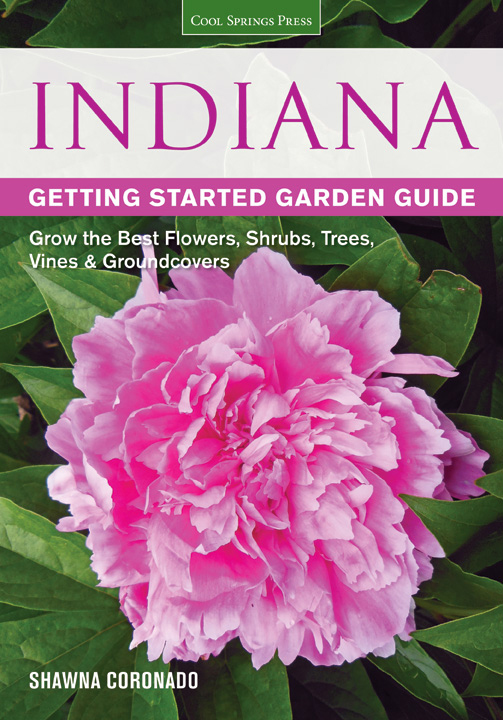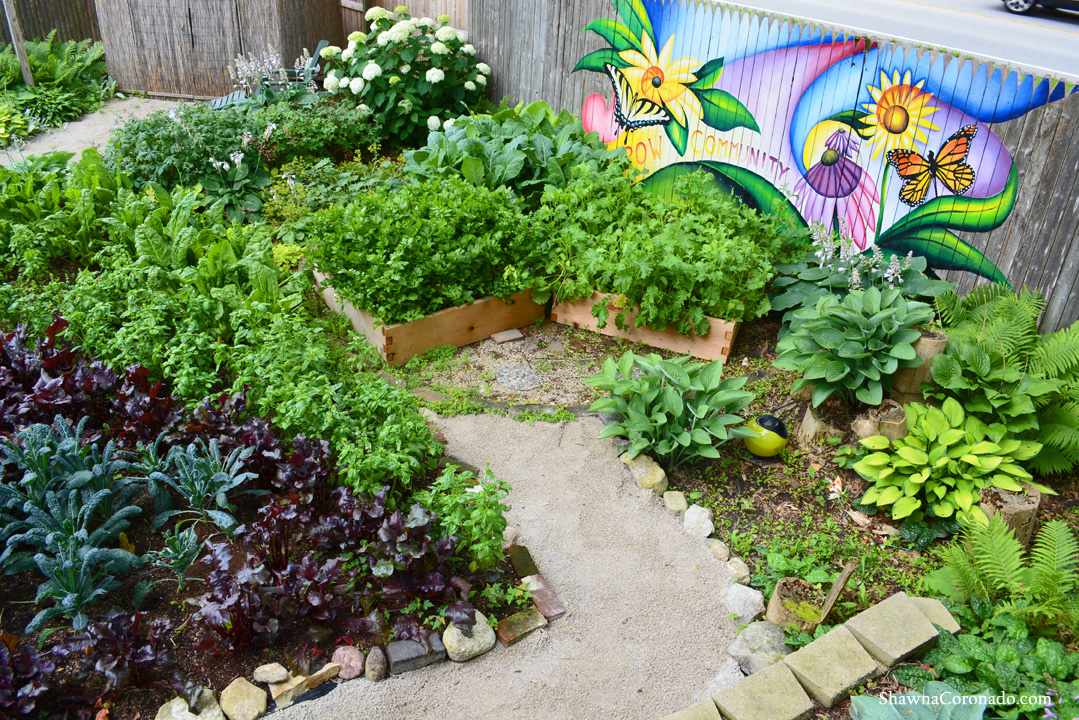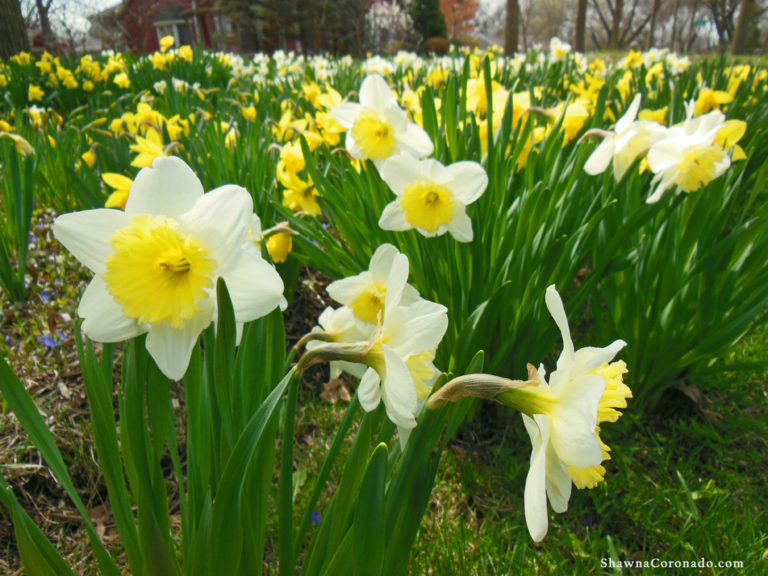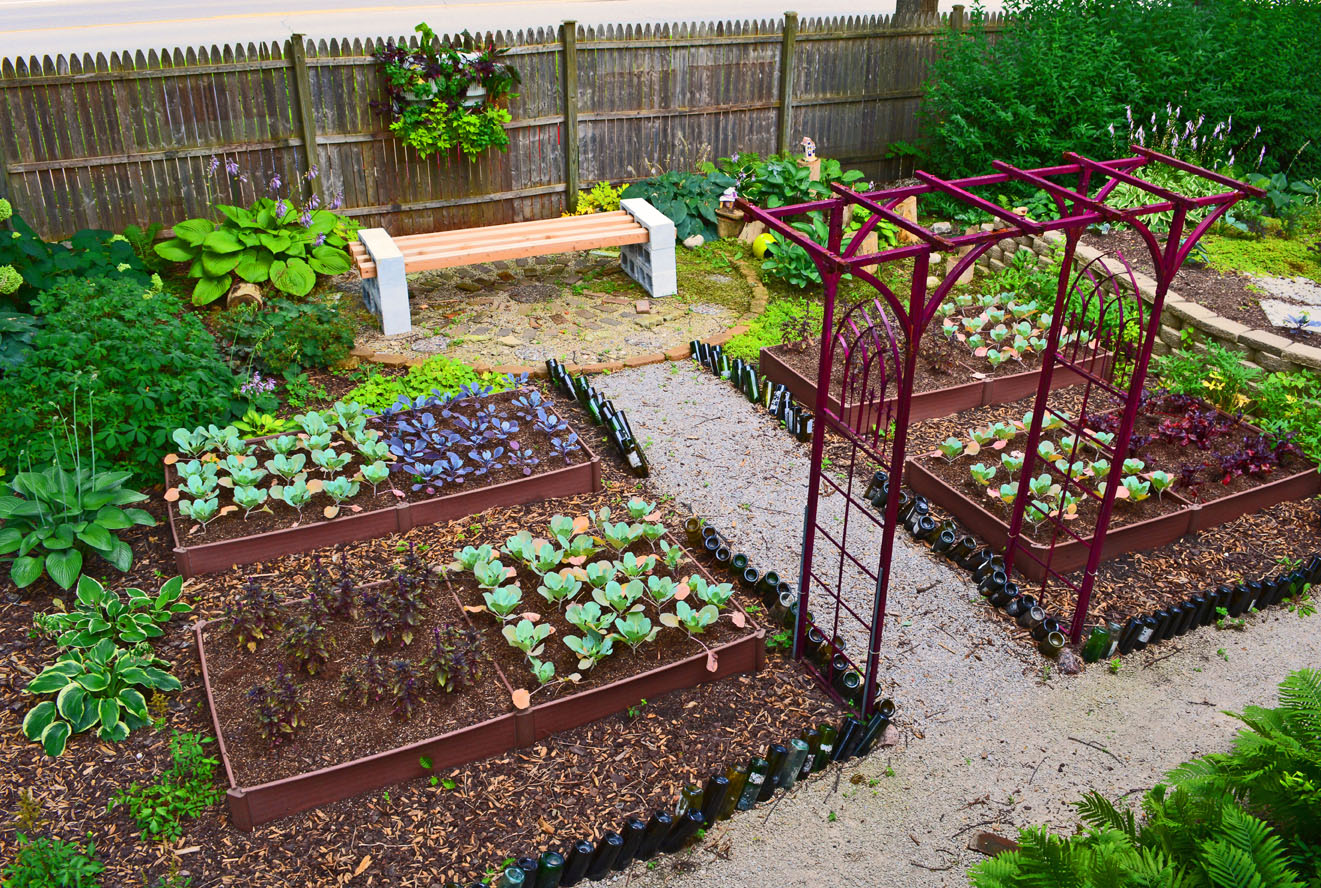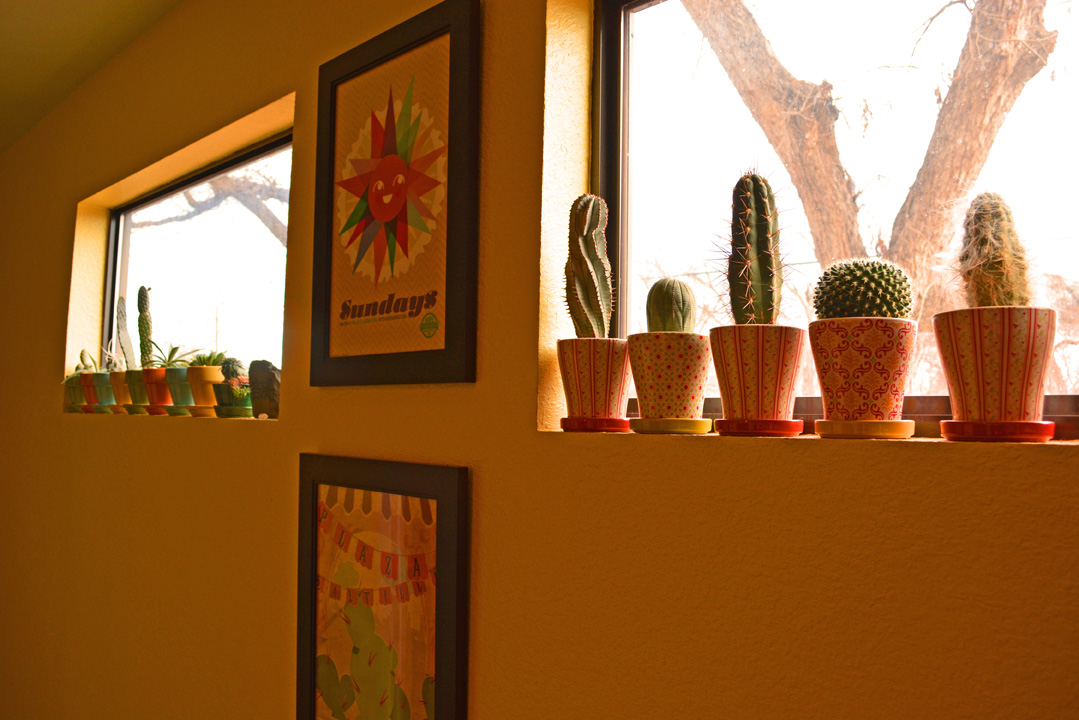Best Joe Pye Weed Growing Tips

Native to the Midwest, Joe-Pye Weed (Eutrochium purpureum) is an easy plant to grow. It can make a powerful statement in the wildflower garden. Joe-Pye weed is named after a Native American herbalist. He used the plant as a medicinal herb to help cure fever-centered illnesses in early American history.
This herbaceous perennial is titled “queen of the prairie”. Mostly because of its 10-foot statue and regal crowning flowers. Blooms are a rose-purple shade and attract butterflies and bees by the hundreds. Plants have a lovely vanilla scent, and the flowers make extraordinary cut flowers. If you have a bird garden, do not deadhead the flowers. Seed heads attract all types of feathered friends. Joe-Pye weed is medicinal. Yet it is rarely for this purpose. It is highly toxic to pets and humans. Careful consumption is critical for safety. Below is an excerpt from the Indiana Getting Started Gardening Guide.
How to Grow Joe Pye Weed
- Botanical name — Eupatorium purpureum (also – Purple boneset)
- Bloom Period and Seasonal Color — Summer; rose-purple flowers
- Mature Height × Spread — 3 to 10 feet × 3 feet
- Added Benefits — Low maintenance, attracts pollinators and beneficial insects, birds love the plant
- Sun Requirements — Sun, Part-Sun – hardiness zones 3 to 8
When, Where, and How to Plant
Although Eutrochium purpureum prefers full sun, it will do well in part sun but might sprawl if its spot is too shady. Joe-Pye weed prefers rich, humusy, moist soils. Improve soil where needed with rotted manure and compost. Plant either from seed or potted plants. If put in soil early in the season, Joe-Pye weed flowers by the end of its first season.
Joe Pye Weed Growing Tips
Encourage shorter plants by pinching back early in the spring growing season. Consider planting in wet soils near rivers, streams, ponds, and as a plant for wetland mitigation.
Maintenance includes cutting down the plant completely in early winter. Stems are thick, so you will have to use a by-pass pruner to cut the stem (like this Fiskars by-pass pruner). Typically Joe-Pye weed has very few insects or disease problems, although overcrowded, shady, and consistently wet conditions can lead to fungal problems. Give the plants lots of space in the planting beds in order to help prevent these issues. Treat fungal spots and powdery mildew with an organic fungicide.
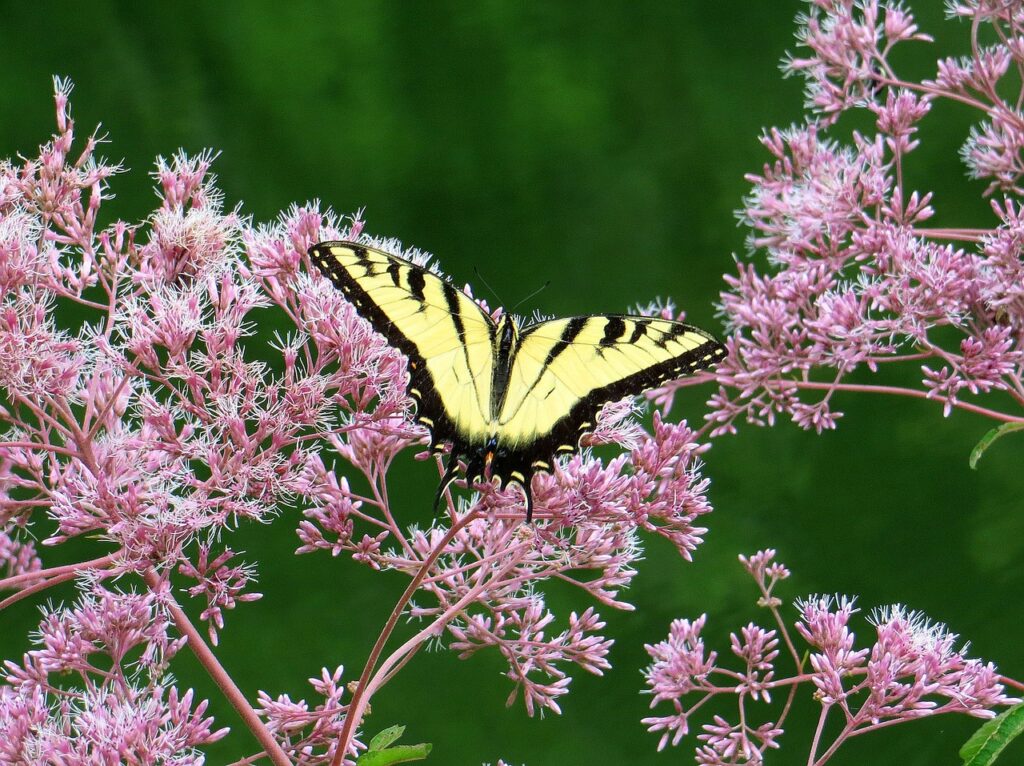
Joe-Pye weed naturalizes very well both in prairies and along the borders of woodlands. It makes an outstanding rain garden plant and looks good combined with grasses and water-loving iris. Because it is such an exceptionally tall prairie plant, place at the very back of borders. It makes a natural fence-like border plant. Mix in with other natives in prairies and meadows.
This native plant is a must-have choice for a butterfly garden and works well planted in the center of an island of mixed butterfly shrubs and perennial plants. In a more drought-tolerant border, consider placing Joe-Pye weed at the back with ornamental grasses, Russian sage, goldenrod, and butterfly weed, mulching the garden well to help hold moisture.
My book the Indiana Getting Started Garden Guide has some delightful ideas on how to grow Joe Pye weed and many more perennials, annuals, and shrubs, particularly if you live in the Midwest.
